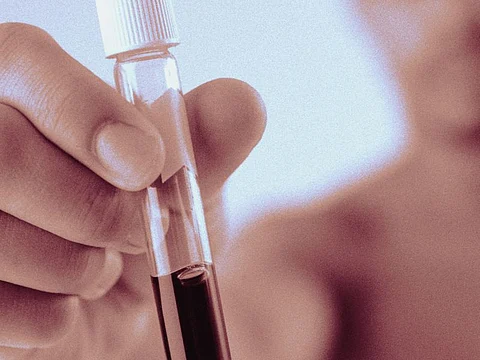THURSDAY, April 7, 2016 (HealthDay News) -- Selective biomarkers can identify the risk of isolated impaired glucose tolerance (iIGT), according to a study published online April 5 in Diabetes Care.
Jeff Cobb, Ph.D., from Metabolon Inc. in Durham, N.C., and colleagues performed targeted metabolomics with 23 metabolites previously associated with dysglycemia using fasting plasma samples from individuals without diabetes at the time of an oral glucose tolerance test (OGTT). Participants were included from two observational cohorts: relationship between insulin sensitivity and cardiovascular disease (RISC) and diabetes mellitus and vascular health initiative (DMVhi). Validation of selective biomarkers was conducted in the Botnia study.
The researchers found that α-hydroxybutyric acid (α-HB) was most strongly associated with iIGT (odds ratios, 2.54 in RISC and 2.75 in DMVhi); there was no significant correlation with isolated impaired fasting glucose (iIFG). On validation in the Botnia study, α-HB was selectively associated with iIGT (odds ratio, 2.03); no significant correlation was seen for iIFG. Selective biomarkers for iIGT also included linoleoyl-glycerophosphocholine (L-GPC) and oleic acid. In all three cohorts, addition of α-HB, L-GPC, and oleic acid to age, sex, body mass index, and fasting glucose significantly improved the area under the curve in multivariate IGT prediction models.
"These biomarkers can be used in predictive models to identify subjects with IGT without performing an OGTT," the authors write.
Several authors disclosed financial ties to health care and biopharmaceutical companies, including Metabolon, which funded the study.
Abstract
Full Text (subscription or payment may be required)


